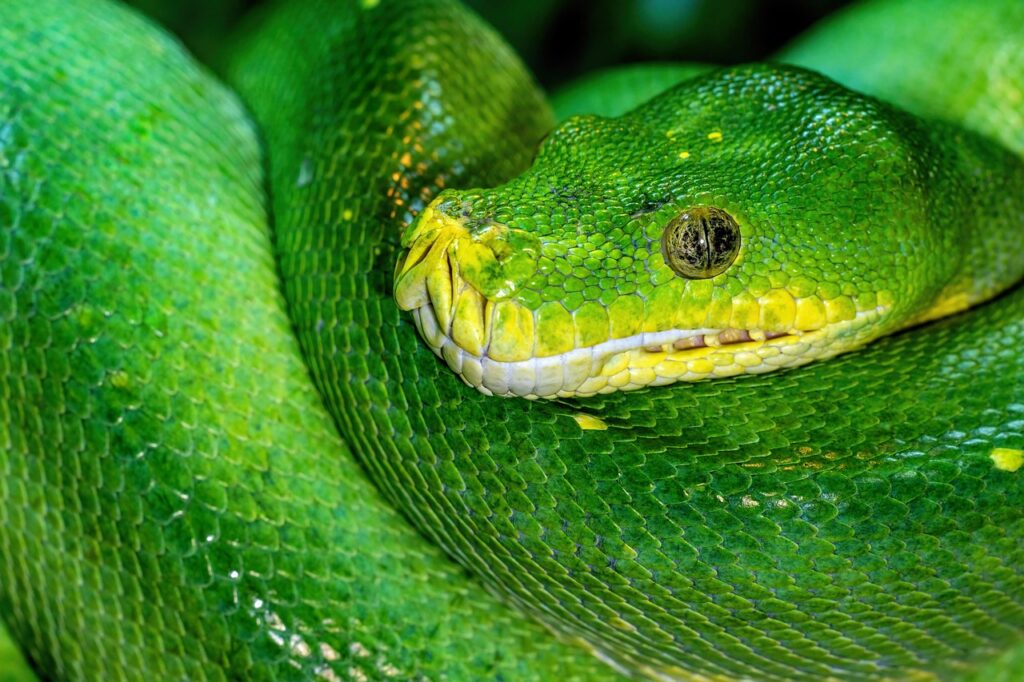When we think of fossils, we often imagine dusty brown or gray specimens in museum displays. However, recent scientific advances have revolutionized our understanding of prehistoric coloration, revealing that ancient life was far more vibrant than previously believed. The study of fossil pigmentation, known as paleocoloration, has emerged as a fascinating field that bridges paleontology, chemistry, and biology. By analyzing the chemical and structural properties preserved in fossils, scientists can now reconstruct the colors and patterns of organisms that lived millions of years ago. These revelations provide unprecedented insights into the ecology, behavior, and evolution of extinct species, painting a more colorful picture of prehistoric life than we ever thought possible.
The Science Behind Fossil Coloration
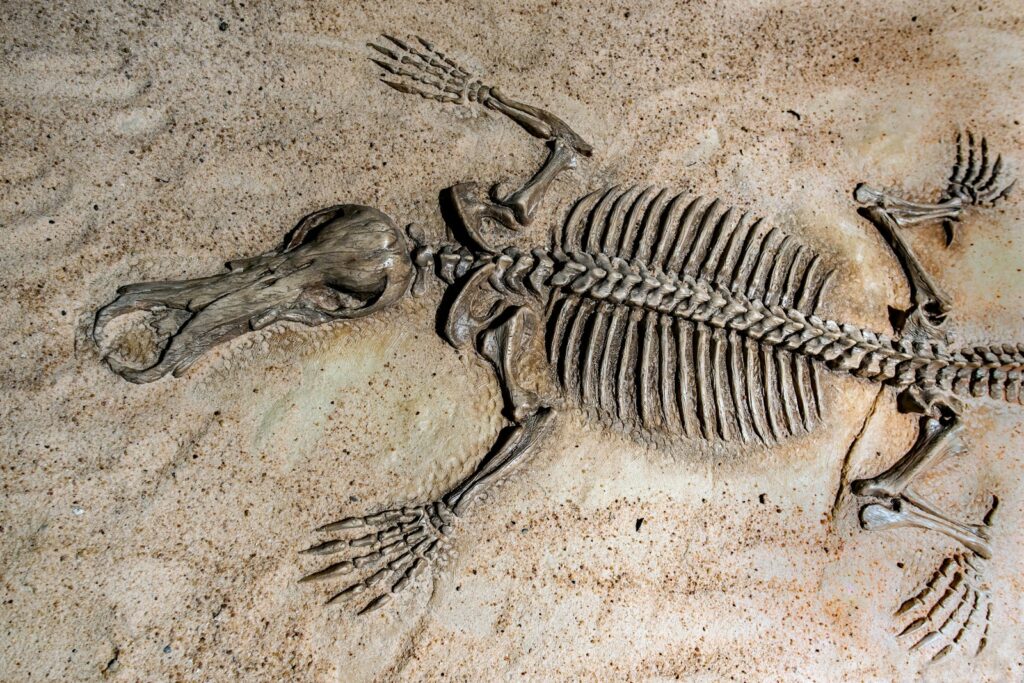
The preservation of color in fossils occurs through several specialized processes that protect pigment molecules or structural elements from complete degradation over millions of years. Most colors in living organisms come from either pigment molecules or structural coloration, where microscopic structures interact with light to produce color effects. In exceptional cases, these elements can survive fossilization. Melanin, the pigment responsible for dark colors in modern animals, is particularly resilient due to its molecular structure and has been detected in fossils dating back more than 180 million years. Scientists use sophisticated techniques like scanning electron microscopy (SEM), synchrotron X-ray fluorescence, and mass spectrometry to identify these preserved color elements. The analysis often requires comparing the molecular or structural signatures found in fossils with those of modern organisms to accurately interpret the original coloration.
The Revolutionary Discovery of Melanosomes

Perhaps the most significant breakthrough in paleocoloration came with the identification of melanosomes in fossil feathers. Melanosomes are specialized cellular structures that contain melanin pigments and are responsible for colors ranging from black and brown to reddish hues in modern animals. In 2008, researchers made the groundbreaking discovery that these tiny organelles could be preserved in 100-million-year-old fossil feathers. The shape and arrangement of melanosomes provide crucial information about original coloration – spherical melanosomes typically indicate reddish-brown colors, while elongated ones suggest black or gray tones. This discovery fundamentally changed our approach to studying ancient life, as scientists realized that what they had previously dismissed as bacterial contamination in many fossils were preserved color-producing structures. The recognition of melanosomes has since allowed researchers to reconstruct the coloration of numerous dinosaurs, prehistoric birds, and other extinct creatures with unprecedented accuracy.
Dinosaurs in Living Color

The application of melanosome analysis to dinosaur fossils has transformed our visual understanding of these iconic prehistoric creatures. The small feathered dinosaur Sinosauropteryx, discovered in China, was revealed to have a reddish-brown striped tail, challenging the traditional green and brown depictions common in popular culture. Even more impressively, the dinosaur Microraptor has been shown to have had iridescent black feathers similar to modern ravens, suggesting it may have used its feathers for display rather than just insulation. Psittacosaurus, a distant relative of Triceratops, displayed complex countershading – darker on top and lighter underneath – a camouflage pattern still seen in modern animals that live in forested environments. These color reconstructions have given paleontologists new insights into dinosaur ecology and behavior, suggesting that visual display and camouflage were as important to dinosaurs as they are to modern animals. The vibrant colors and patterns discovered have fundamentally changed how we visualize and understand the Mesozoic world.
Ancient Marine Life: Colors from the Deep
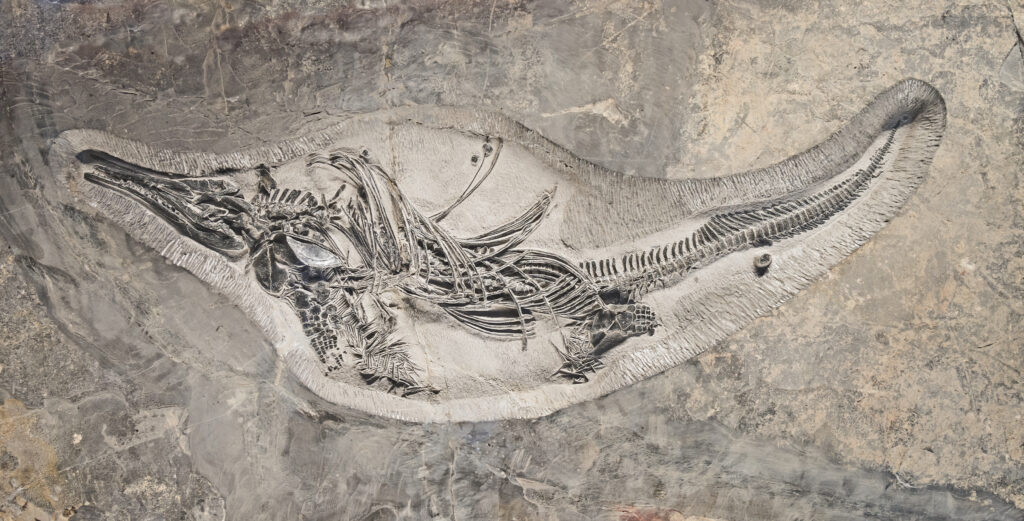
Color preservation isn’t limited to dinosaurs and birds – remarkable discoveries have been made in ancient marine creatures as well. Researchers have found preserved ink sacs in fossilized cephalopods like squid and octopuses from the Jurassic period, approximately 160 million years ago. Astonishingly, the melanin in this ancient ink is so well preserved that when scientists rehydrated it, they could use it to draw pictures, demonstrating its remarkable chemical stability. In 2019, scientists identified preserved pigments in a 10-million-year-old fossilized snake where the original patterning of stripes was still visible. Marine reptiles like ichthyosaurs have also revealed traces of dark coloration on their skin, suggesting they may have had counter-shading similar to modern dolphins or whales. These discoveries help paleontologists reconstruct not just the appearance of ancient marine ecosystems but also understand predator-prey relationships and hunting strategies in prehistoric oceans.
Structural Colors: Beyond Pigments

Not all colors in nature come from pigments – many of the most brilliant hues in the natural world result from microscopic structures that interact with light. Remarkably, scientists have discovered these structural colors preserved in fossils as well. The wings of fossilized butterflies and moths from the Eocene epoch (about 47 million years ago) have revealed preserved photonic nanostructures that would have created iridescent blues and greens in life. In 2020, researchers studying a 13-million-year-old fossil beetle found that the metallic coloration of its exoskeleton was still visible due to the preservation of specialized light-reflecting structures. Even more impressively, some fossils of ancient birds have preserved the structural arrangements that would have created iridescent plumage in life. These discoveries are particularly valuable because structural colors often serve specific functions in animals, from sexual display to thermoregulation or camouflage, providing insights into the ecology and behavior of extinct species that pigment analysis alone cannot offer.
Plant Pigments: The Colorful World of Ancient Flora

While animal coloration has received significant attention, the colors of ancient plant life are also being revealed through fossil analysis. Plant pigments like chlorophyll derivatives have been identified in fossils millions of years old, giving clues about the photosynthetic capabilities of ancient plants. In exceptional cases, researchers have found preserved anthocyanins, the pigments responsible for red, purple, and blue colors in modern leaves and flowers. A particularly striking example comes from 49-million-year-old leaves from Clarkia, Idaho, which still show autumn red coloration preserved through a unique fossilization process. Scientists have also identified carotenoid pigments in ancient algae fossils, indicating that these yellow-to-orange pigments have been important in photosynthesis for hundreds of millions of years. These plant pigment discoveries help paleobotanists reconstruct ancient ecosystems with greater accuracy, understanding seasonal changes, reproductive strategies, and even climate conditions in prehistoric landscapes.
How Coloration Reveals Ancient Behaviors
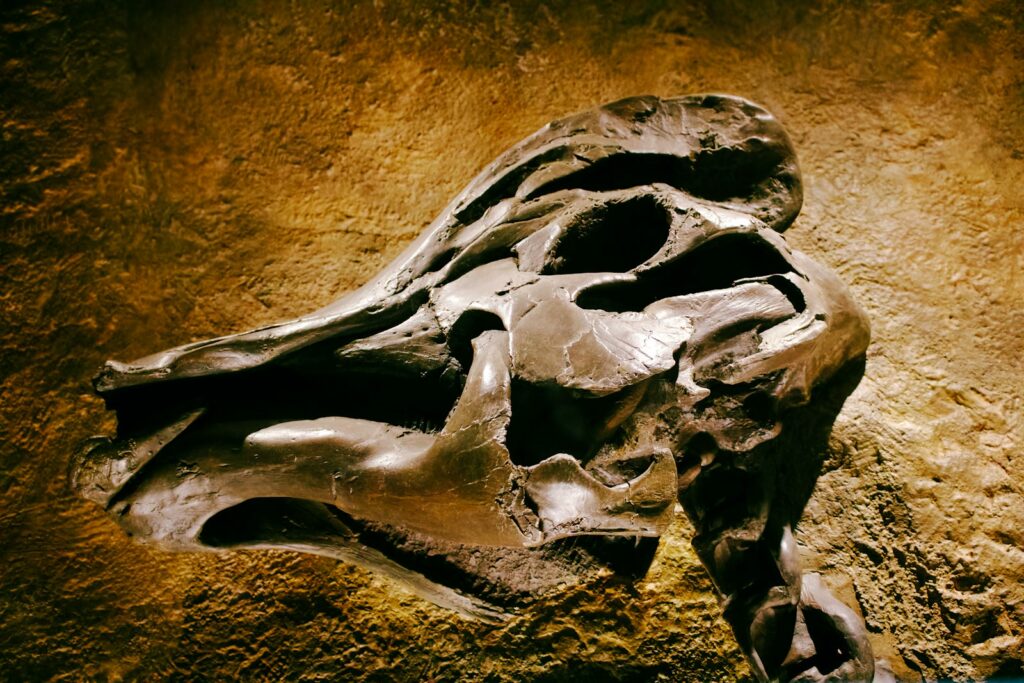
The colors and patterns preserved in fossils offer profound insights into the behaviors and lifestyles of extinct creatures. Countershading in dinosaurs and marine reptiles suggests these animals lived in environments where camouflage from predators was essential for survival. Brightly colored or iridescent feathers in dinosaurs and early birds point to complex social and sexual display behaviors similar to those seen in modern birds. The reconstruction of a dinosaur called Borealopelta revealed a reddish-brown coloration that would have provided camouflage against predators despite its massive size and body armor. Scientists have even identified distinct color patterns in fossil insects that mimic the warning coloration seen in toxic modern species, suggesting that defensive mimicry strategies have existed for millions of years. These color-based behavioral insights help paleontologists build more comprehensive models of ancient ecosystems, understanding not just what ancient animals looked like, but how they interacted with each other and their environments.
The Role of Chemical Analysis in Detecting Ancient Pigments
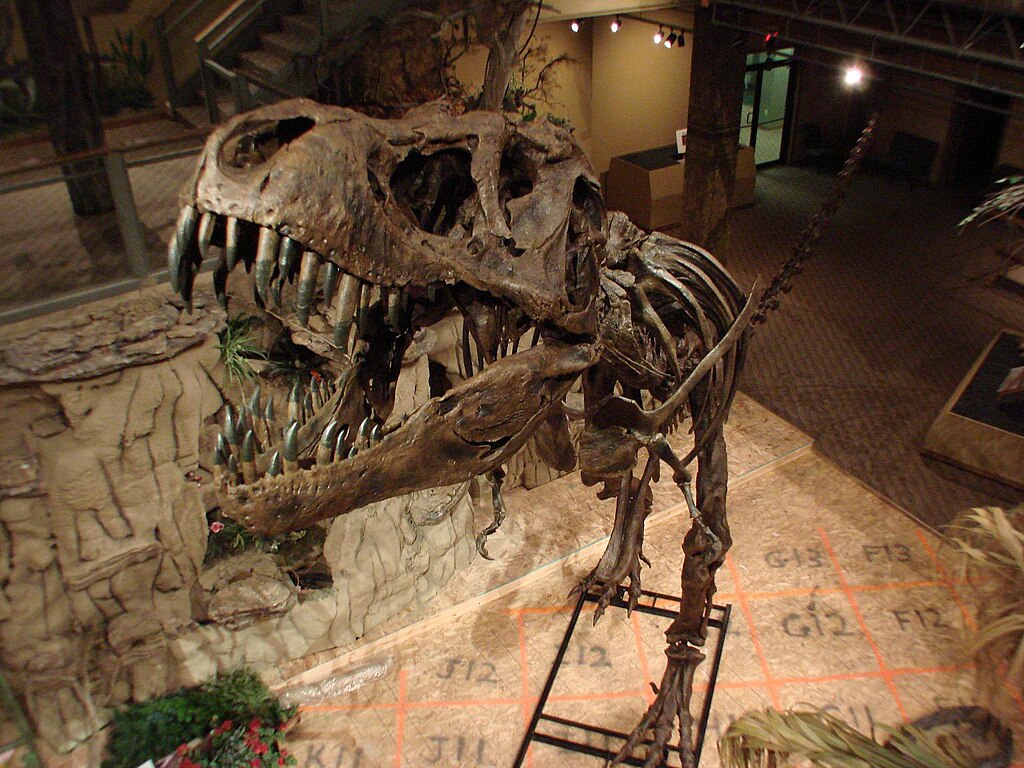
Advanced chemical techniques have been crucial in the identification and analysis of prehistoric pigments. Mass spectrometry can detect the chemical signatures of ancient pigment molecules, even when they’re present in minute quantities. Synchrotron-based techniques, which use high-energy X-rays from particle accelerators, can map the distribution of elements associated with certain pigments across a fossil without damaging the specimen. Techniques like Raman spectroscopy use laser light to identify the vibrational characteristics of molecules, helping scientists distinguish between different types of pigments in fossils. In a groundbreaking study, researchers used time-of-flight secondary ion mass spectrometry to identify preserved eumelanin (dark pigment) and pheomelanin (reddish pigment) in a 120-million-year-old fossil bird. These sophisticated analytical approaches have revolutionized paleontology by allowing scientists to extract molecular information from fossils that appear to the naked eye to have lost all traces of their original coloration.
Experimental Approaches to Understanding Fossil Colors

To better understand how pigments and color-producing structures survive fossilization, scientists have developed innovative experimental approaches. Researchers have conducted controlled degradation experiments, subjecting modern feathers, skin, and other tissues to simulated fossilization conditions to track how coloration changes over time. These experiments help calibrate interpretations of fossil evidence by showing which colors are more likely to be preserved and how degradation might alter original hues. Scientists have also created artificial fossils by subjecting pigmented tissues to high-pressure and high-temperature conditions that mimic the fossilization process, producing reference materials for comparison with actual fossils. Some researchers have even used experimental archaeology approaches, burying pigmented materials in different sediment types to observe how the burial environment affects color preservation. Through these controlled experiments, paleontologists can develop more accurate models for interpreting the often fragmentary evidence of color that survives in the fossil record.
Environmental Clues from Fossil Pigmentation

The colors preserved in fossils can provide valuable information about ancient environments and climates. Dark coloration in animals from high latitudes may indicate adaptations for absorbing heat in cooler climates, while lighter colors might reflect adaptations to warmer environments where heat reflection was advantageous. Fossil insects with warning coloration suggest they lived in environments where visual predators were active during daylight hours. The preservation of plant pigments has been particularly informative for paleoclimatology – the identification of certain pigment ratios in fossil leaves has helped scientists determine seasonal temperature changes in ancient forests. Marine microfossils have revealed changing pigment compositions that reflect adaptations to different light conditions, water depths, and nutrient availability in ancient oceans. By analyzing these pigment-based environmental indicators across geological periods, scientists can track how ecosystems responded to major climate shifts, providing valuable context for understanding current and future climate change.
The Challenges of Color Reconstruction
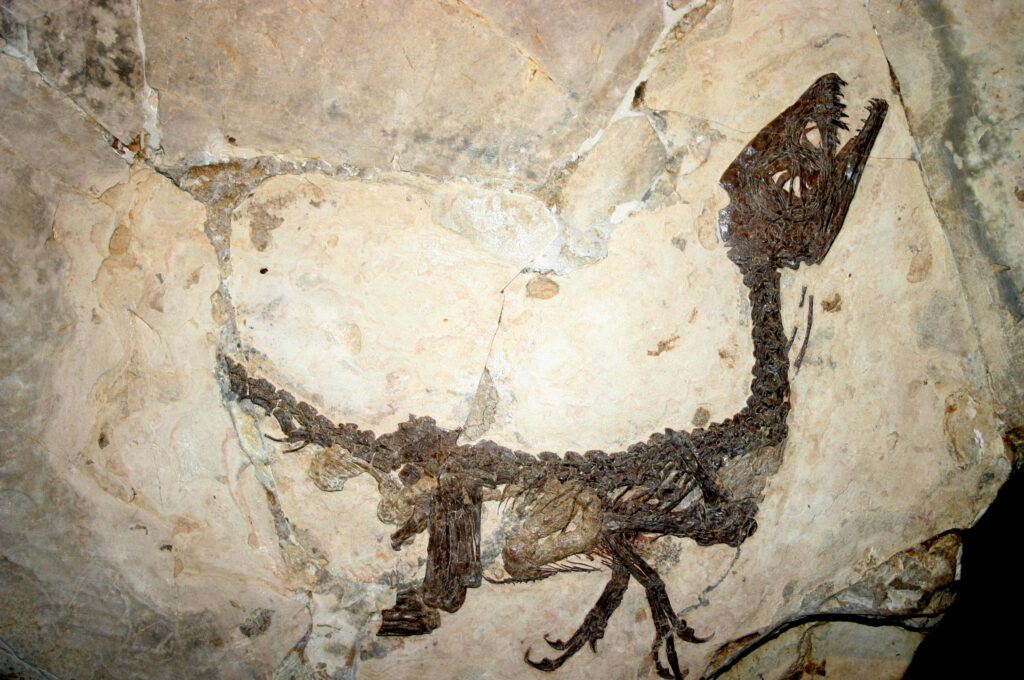
Despite remarkable advances in paleocoloration research, reconstructing the colors of extinct organisms remains challenging and subject to significant limitations. First, preservation bias means that melanin-based dark colors are much more likely to survive in the fossil record than more delicate pigments like carotenoids, potentially creating a skewed picture of ancient coloration. Researchers must also contend with the fact that fossilization processes themselves can chemically alter pigments, making it difficult to determine original hues with absolute certainty. Additionally, structural colors present unique challenges because the deterioration of even nanometer-scale structures can completely change color properties. Scientists must be cautious about extrapolating complete color patterns from partial evidence, as many fossils preserve coloration in only limited areas. Perhaps most fundamentally, researchers face the challenge that some ancient organisms may have produced colors using biochemical pathways that have no modern analogues, making their interpretation particularly difficult. Despite these limitations, the field continues to develop more sophisticated methodologies to address these challenges.
Future Directions in Paleocoloration Research
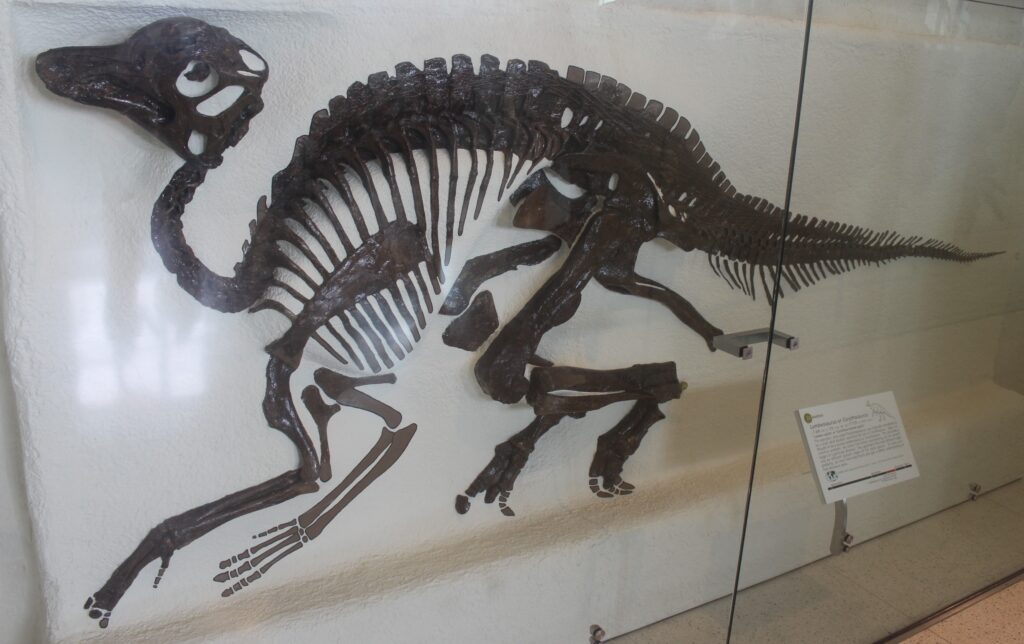
The study of fossil coloration is advancing rapidly, with several exciting directions for future research. Emerging non-destructive imaging technologies like photoluminescence spectroscopy and micro-CT scanning promise to reveal color information from fossils without damaging precious specimens. Researchers are developing increasingly sophisticated computer models that can predict how various pigments and structures would appear under different lighting conditions, helping to visualize ancient organisms more accurately. The growing field of paleoproteomics, which studies ancient proteins, may soon allow scientists to identify color-related proteins preserved in fossils, providing additional lines of evidence beyond melanin and structural colors. Interdisciplinary approaches combining paleontology with developmental biology may help scientists understand how color patterns evolved across evolutionary transitions. As analytical technologies continue to improve in sensitivity and resolution, researchers anticipate discovering color evidence in increasingly older fossils, potentially extending our understanding of biological coloration back hundreds of millions of years earlier than currently possible.
The Broader Significance of Color in Evolution

The study of fossil colors has profound implications for our understanding of evolutionary processes and the history of life on Earth. Color plays a crucial role in natural selection through camouflage, warning signals, and sexual selection – all powerful evolutionary forces. By reconstructing ancient coloration, scientists can trace how these selective pressures shaped animal and plant evolution over millions of years. Evidence suggests that complex color patterns evolved much earlier than previously thought, with sophisticated camouflage and display colors present in dinosaurs long before the radiation of modern birds. The convergent evolution of similar color patterns in unrelated groups highlights how certain coloration strategies represent optimal solutions to common evolutionary challenges. Perhaps most significantly, color reconstructions help scientists understand major evolutionary transitions, such as the origin of feathers and flight in the dinosaur-bird lineage, where changing color functions may have driven morphological evolution. This research ultimately connects prehistoric life to modern ecosystems, showing how coloration strategies that evolved millions of years ago continue to shape biodiversity today.
Unlocking Prehistoric Life Through Fossil Colors

The study of fossil coloration has transformed paleontology from a field once limited to skeletal morphology to one that can now reconstruct the vibrant appearance of ancient life in remarkable detail. From the iridescent feathers of dinosaurs to the warning patterns of prehistoric insects and the seasonal colors of ancient plants, these discoveries have breathed new life into our understanding of Earth’s prehistoric past. As analytical techniques continue to advance, we can expect even more revelations about the colorful worlds that existed before humans walked the Earth. These insights not only satisfy our curiosity about what ancient creatures looked like but also provide critical information about their ecology, behavior, and evolution. The colors of fossils remind us that the prehistoric world was not a monotone landscape of grays and browns, but a vibrant tapestry of life as colorful and dynamic as our modern natural world.



